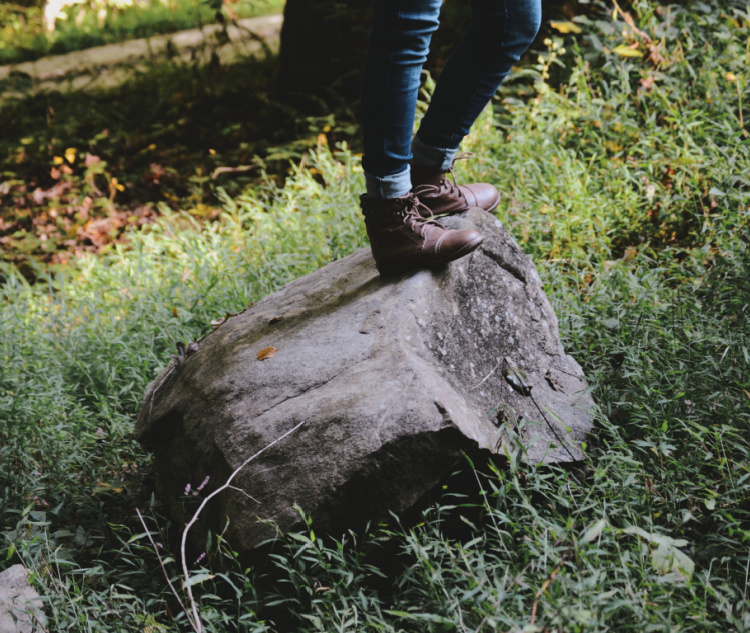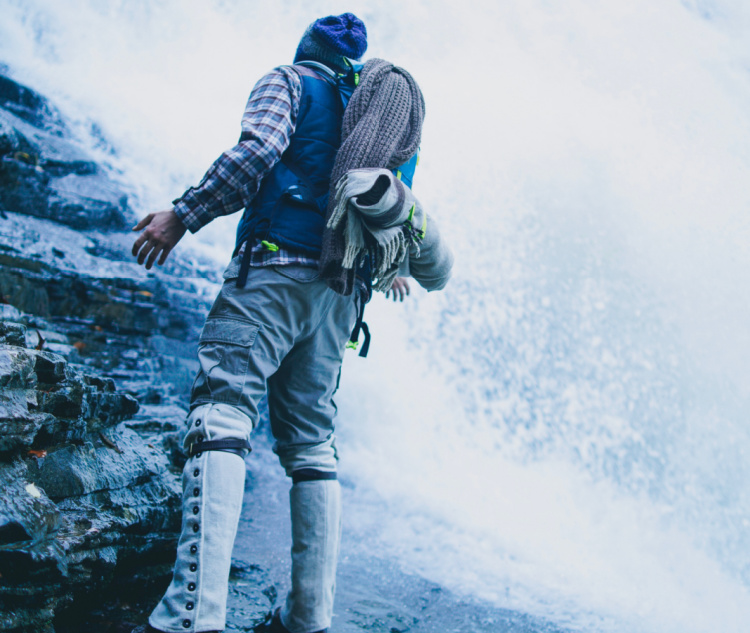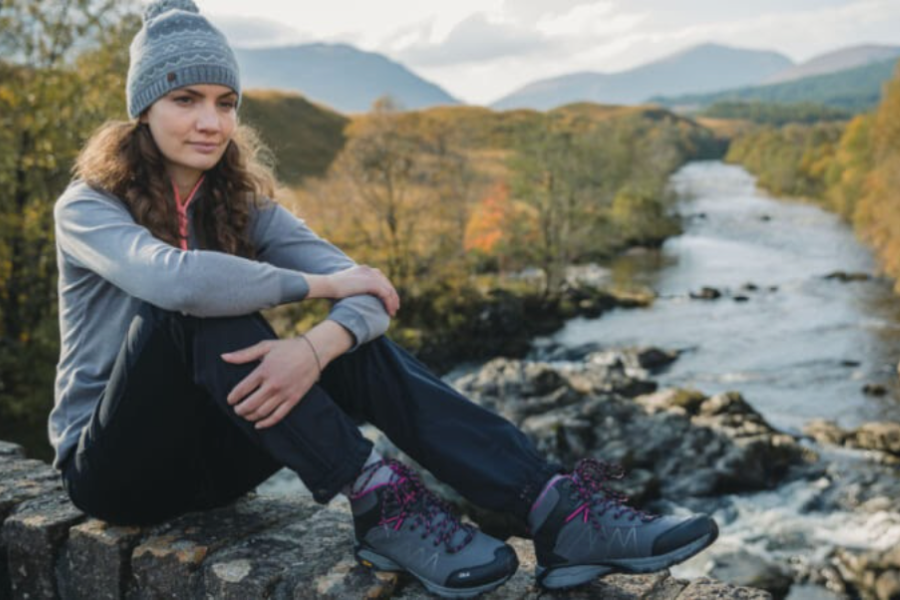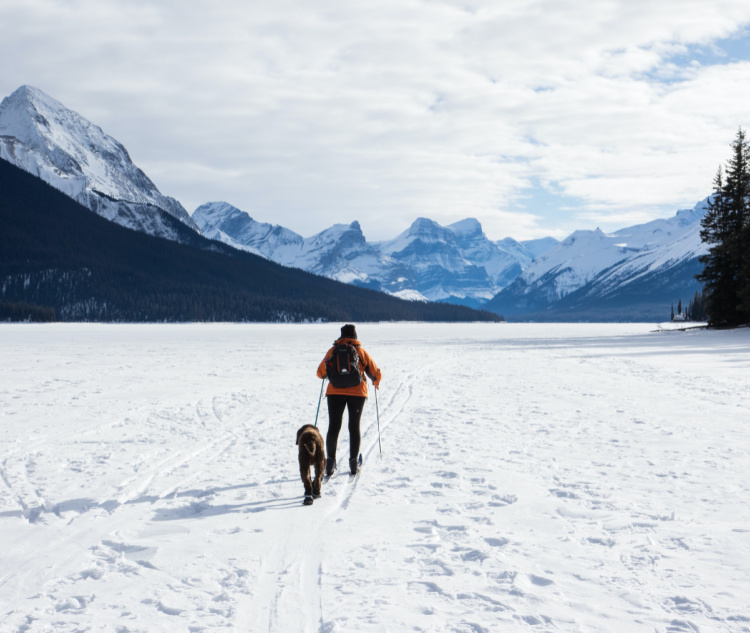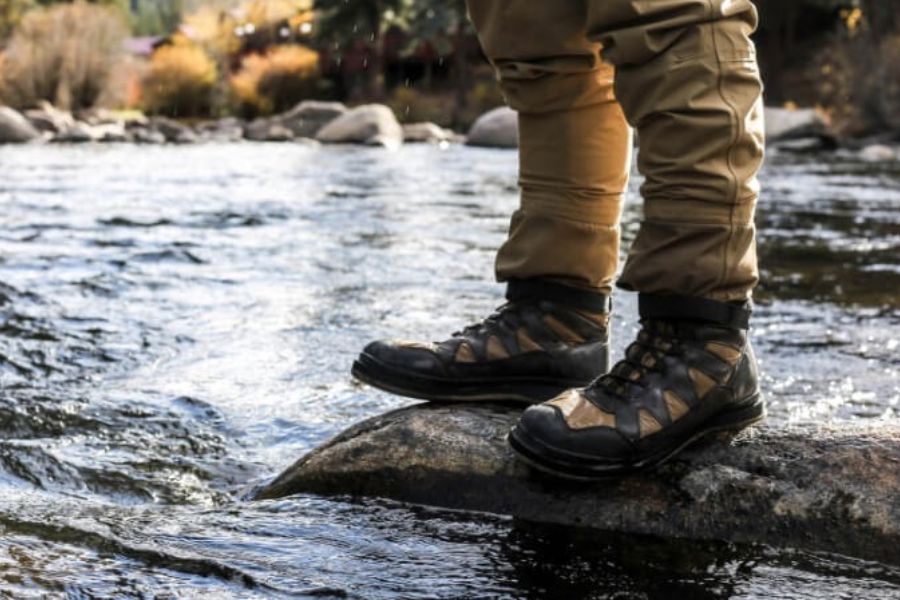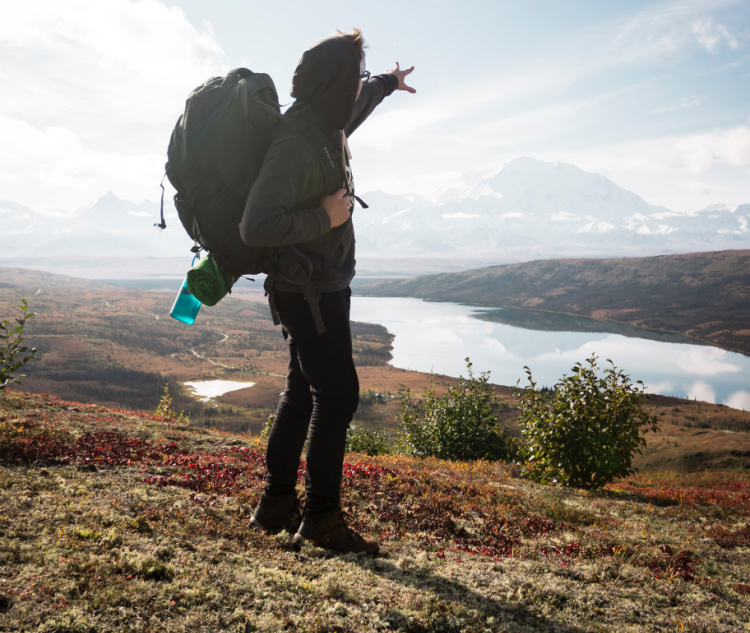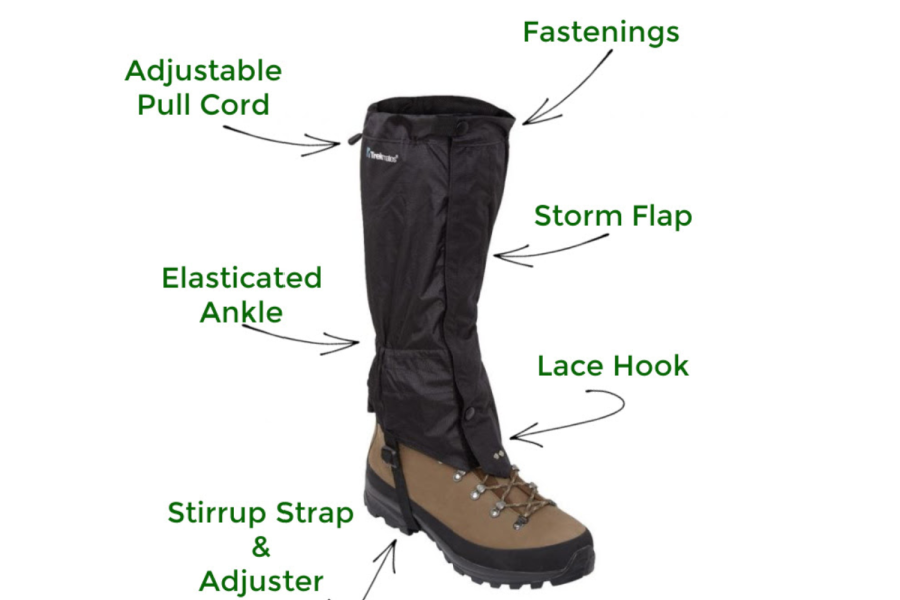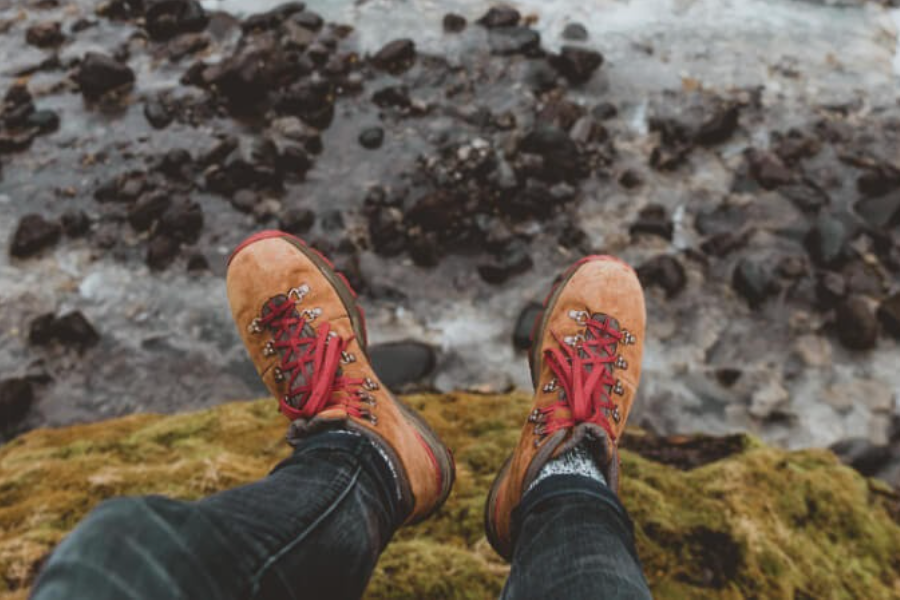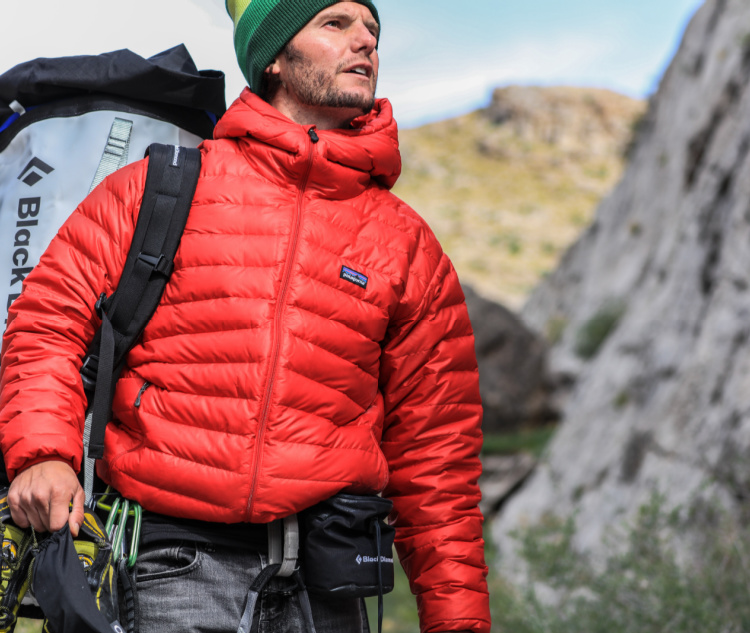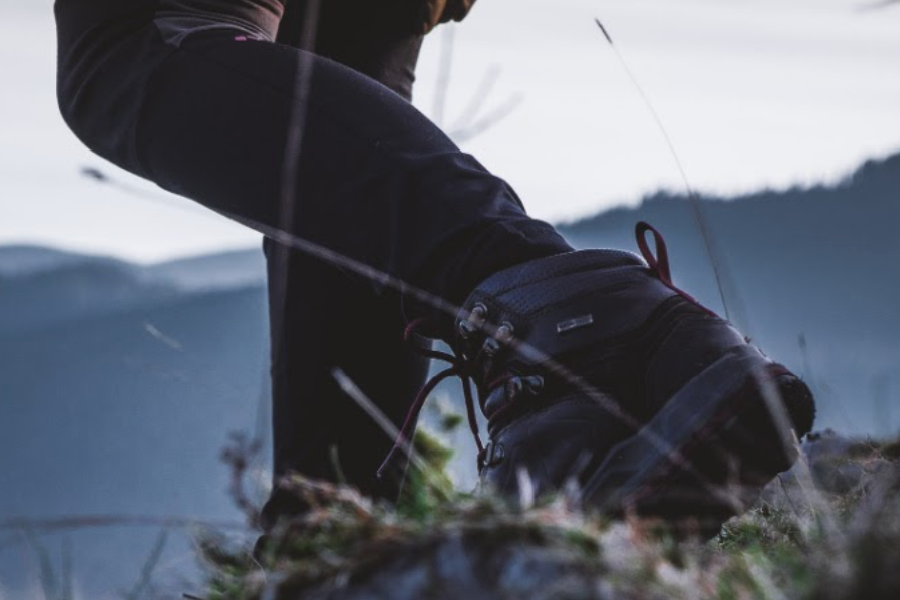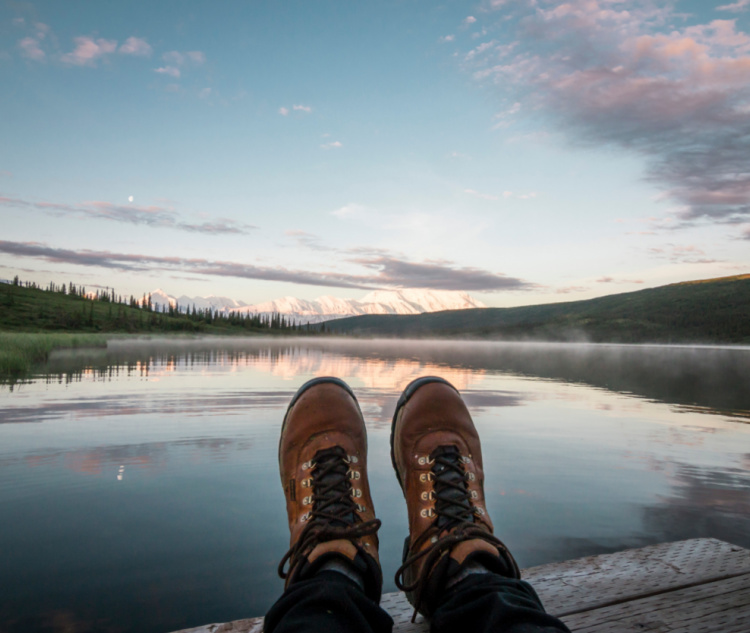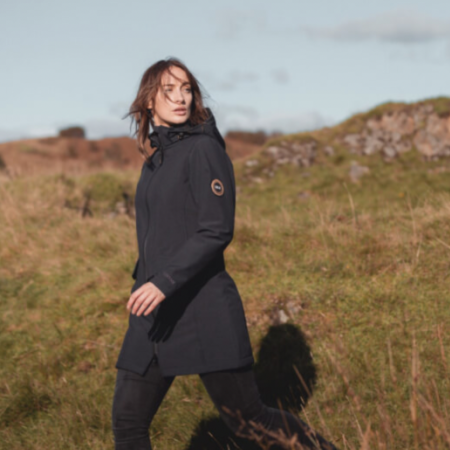As we mentioned above, you could use gaiters at any time when walking – they are for your protection.
Typically, it’s always best to use walking gaiters if you know you’ll be hiking near or through muddy terrain, water, and/or snow. This will include walking while or after it’s been raining. You may need to cross a brook or stream, walk through wet long grass, or over snowy ground.
The same can be said for dry conditions. If you are on loose ground, you could put your gaiters on to stop small stones and debris from getting into your boots. You don’t have to start your walk with your gaiters on but it’s useful to have them to hand.
Tip: If nothing else, keep your gaiters in your pack/bag so that should the weather change or you get to a part of your trail that’s wet, muddy, or could leave debris, you can slip them on.




